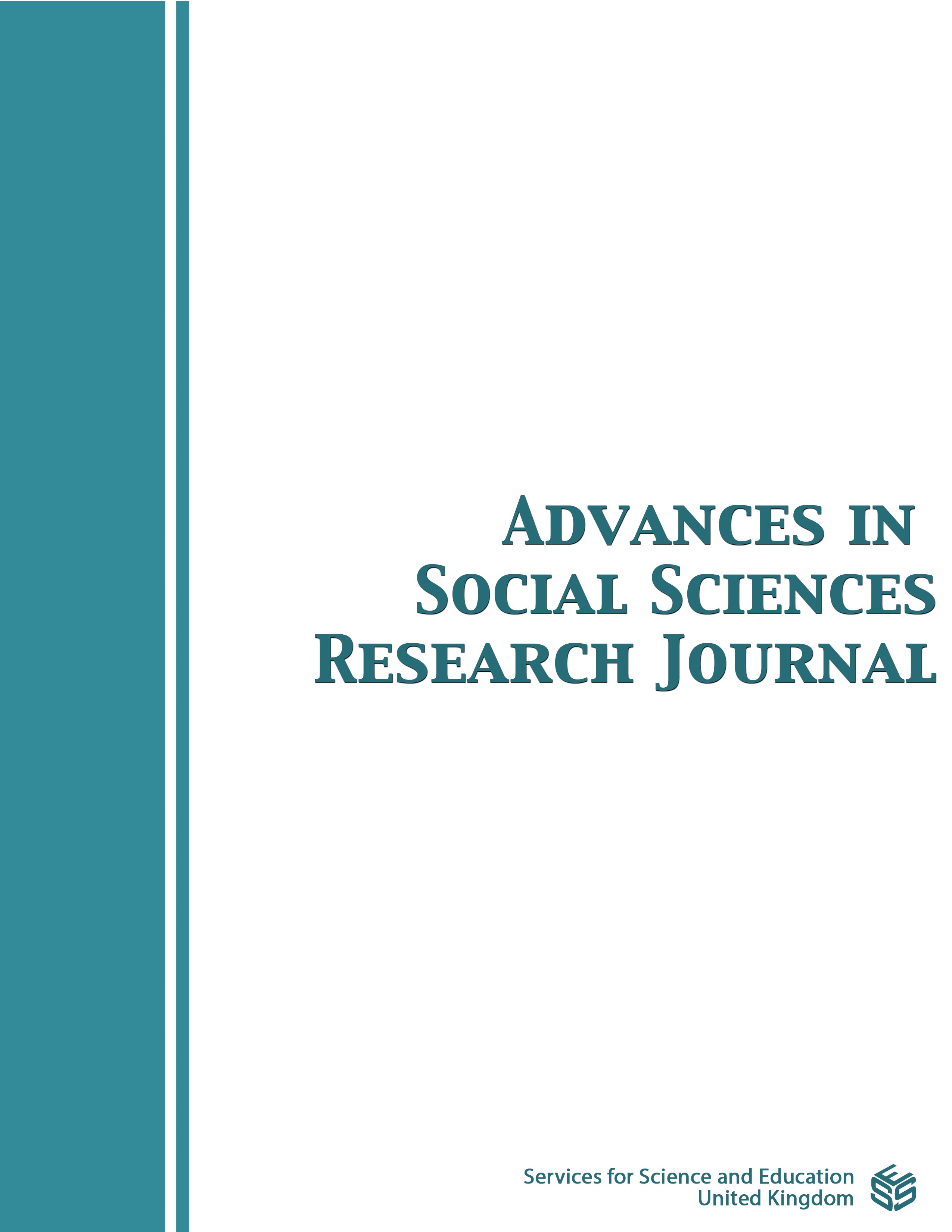Violence, History and Silence in Amitav Ghosh’s The Shadow Lines
DOI:
https://doi.org/10.14738/assrj.812.11439Keywords:
partition, violence, riot, silence, narrative gap, official history, revisionist historyAbstract
This article analyzes Amitav Ghosh’s The Shadow Lines to examine a narrative gap at its heart that conceals the central fact of the death of Tridib, arguably the most important character in the text. The novel concentrates on the Partition of Bengal and its impact on people from different countries and nationalities in Asia and Europe. Accommodating the story of three generations of people in three cities--Dhaka, Calcutta, and London--The Shadow Lines shows the interaction of characters belonging to Hindu, Muslim, and Christian faith. Important events in the text revolve around the family of Mayadebi, her sister Tha’mma and the Prices, their English friends. The narrative begins in 1939 and ends in 1964, connecting the Second World War, the Partition in 1947, and the riots of 1964 in Calcutta and Dhaka. Using Tha’mma, the grandmother of the unnamed narrator, as the connecting link between their pre-modern life before Partition in Dhaka and diasporic life in post-Partition Calcutta, The Shadow Lines depicts the traumatic suffering of characters from different nationalities but mainly from India and Bangladesh. The paper argues that the silence and secrecy maintained by Tha’mma and others about Tridib’s death mirrors the silence of official history concerning violence in their narrative of civilization, freedom, and progress which Ghosh unravels to produce a novelistic revisionist history that not only challenges the mainstream history but also fills the gaps it leaves.
Downloads
Published
How to Cite
Issue
Section
License
Copyright (c) 2021 Devi Prasad Gautam

This work is licensed under a Creative Commons Attribution 4.0 International License.
Authors wishing to include figures, tables, or text passages that have already been published elsewhere are required to obtain permission from the copyright owner(s) for both the print and online format and to include evidence that such permission has been granted when submitting their papers. Any material received without such evidence will be assumed to originate from the authors.






